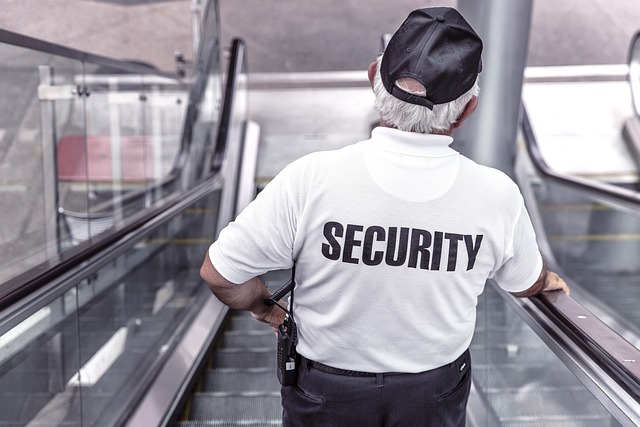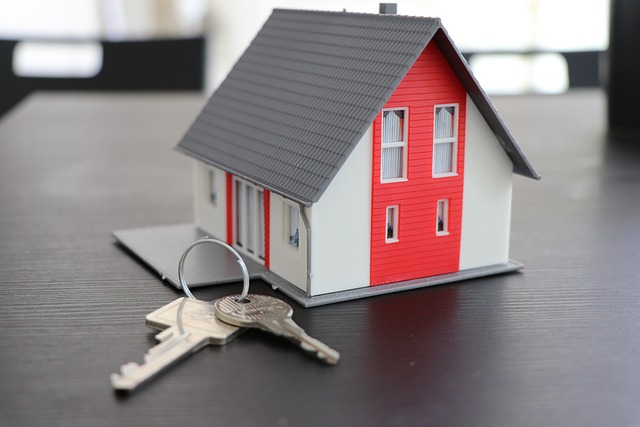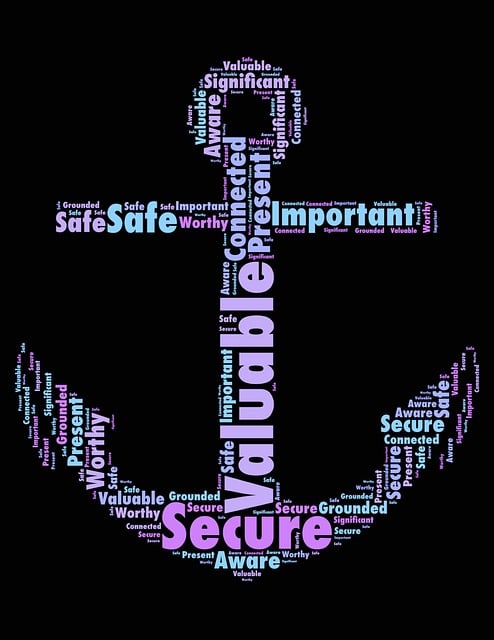To ensure safety in off-campus student housing, follow these steps:
1. Pre-Move In: Explore your neighborhood, note hazards, and check building security features. Utilize university safety resources.
2. Property Inspection: Verify landlord legitimacy, review safety statistics, inspect vulnerabilities, and read tenant reviews. Understand local laws and requirements.
3. Secure the Property: Install robust locks, good lighting, screens, smoke/carbon monoxide detectors, and consider cameras or alarms.
4. Online Safety: Use strong passwords, enable 2FA, be cautious online, regularly review privacy settings to protect personal info.
5. Emergency Preparedness: Understand evacuation procedures, assemble a personalized emergency kit with essential supplies.
6. Community Building: Foster open communication, share emergency protocols, and introduce yourself to neighbors to create a supportive environment.
“Transitioning to off-campus living can be thrilling for students, but it also brings unique security considerations. This comprehensive student housing safety guide is designed to empower you with the knowledge and tools needed to navigate your new environment securely. From understanding neighborhood dynamics in ‘Understanding Your Surroundings’ to implementing digital security measures in ‘Digital Security,’ each section offers practical advice for transforming your off-campus apartment into a safe haven. By following these housing security tips, you’ll be well-prepared to embrace the independence of student life with confidence and peace of mind.”
- Understanding Your Surroundings: A Student's Guide to Neighborhood Safety
- Choosing the Right Housing: Key Factors in Securing Safe Student Rentals
- Basic Security Measures: Setting Up Your Apartment for Maximum Protection
- Digital Security: Protecting Your Personal Information and Online Privacy
- Emergency Preparedness: What Every Student Should Know Before Moving In
- Building a Community: Fostering Safety with Roommates and Neighbors
Understanding Your Surroundings: A Student's Guide to Neighborhood Safety

Understanding your surroundings is a crucial aspect of ensuring safety in off-campus student housing. Before moving into any new accommodation, take time to familiarize yourself with the neighborhood. Observe traffic patterns, identify local businesses and landmarks, and note any potential hazards or areas that seem poorly lit or secluded. A student’s safety guide should include a basic understanding of the lay of the land, which can help in developing an awareness of potential risks.
When exploring potential safe student rentals, consider factors like security features within the building, such as surveillance cameras, secure entry systems, and well-lit common areas. Check if the apartment complex has a dedicated security team or a neighborhood watch program. Additionally, look for resources provided by your university, such as safety apps, emergency notification systems, or campus police contacts tailored to off-campus housing. Securing student apartments involves proactive measures, and being informed about your surroundings is a critical step in creating a safe living environment.
Choosing the Right Housing: Key Factors in Securing Safe Student Rentals

When searching for off-campus housing, students must go beyond the aesthetics and amenities to ensure they’re choosing safe student rentals. Key factors include verifying the landlord’s legitimacy, checking neighborhood safety statistics, and inspecting the property for common security vulnerabilities like well-lit entrances, secure locks, and working smoke alarms. Online reviews from previous tenants can also offer valuable insights into the overall housing security and community dynamics.
Additionally, understanding local laws and tenant rights is crucial. Students should inquire about emergency contact procedures, maintenance response times, and any specific security protocols implemented by the landlord. A thorough walkthrough of the apartment or house, ideally with a parent or trusted adult, can help identify potential hazards and ensure the living space meets minimum safety standards, ultimately contributing to a more secure student housing experience.
Basic Security Measures: Setting Up Your Apartment for Maximum Protection

When moving into off-campus student housing, ensuring your apartment is secure is a top priority for your safety and peace of mind. Start by reviewing your lease agreement to understand any specific security requirements or restrictions. Install basic security measures such as deadbolt locks on all doors and windows, ensuring they are robust enough to deter unauthorized access. Consider using additional locking mechanisms like chain locks on exterior doors for added protection.
Create a secure environment by keeping entryways well-lit and visible from the street. Invest in good quality door and window screens to prevent easy access through openings. Regularly update your security system with reliable smoke and carbon monoxide detectors, and consider installing a security camera or alarm system if your budget allows. Keep valuable items out of plain sight and always lock your doors and windows when leaving your apartment, even briefly.
Digital Security: Protecting Your Personal Information and Online Privacy

In today’s digital era, student housing safety extends beyond physical locks and keys. Students living off campus must be vigilant about their online presence and digital security to protect their personal information and maintain a safe student rental experience. Start by using strong, unique passwords for all accounts and enabling two-factor authentication where possible. This acts as a robust first line of defense against unauthorized access to your personal data.
Be cautious of what you share online. Scammers often use social media platforms to gather information that can be used in phishing attempts or identity theft. Limit the amount of personal details accessible publicly, and remember that once something is posted online, it’s nearly impossible to erase completely. A comprehensive student safety guide should include regular reviews of privacy settings and a healthy dose of digital mindfulness.
Emergency Preparedness: What Every Student Should Know Before Moving In

Before moving into any off-campus student housing, it’s crucial to be prepared for emergencies. Start by familiarizing yourself with evacuation procedures and meeting points in case of a fire or natural disaster. Check if your landlord provides emergency contact lists and ensure you have access to essential services like first aid kits, smoke detectors, and fire extinguishers within the rental unit. Knowing where these are located could make all the difference in an urgent situation.
Additionally, every student should create an emergency kit tailored to their specific needs. This kit might include basic supplies such as flashlights, batteries, non-perishable food items, water, a whistle for signaling help, and important documents like identification and insurance cards. Regularly updating and practicing access to this kit will ensure its effectiveness when needed.
Building a Community: Fostering Safety with Roommates and Neighbors

Building a strong community is an effective way to enhance student housing safety when living off campus. Roommates can become your best advocates for security; open communication about concerns, sharing keys during shifts, and establishing clear emergency protocols are key. Regularly introduce yourself to neighbors, especially those nearby, as this fosters a sense of collective responsibility. A simple “hello” can go a long way in creating an aware and supportive environment.
Encourage community meetings to discuss security measures and share tips on identifying suspicious activities. Together, you can create a safe student rental network where everyone looks out for one another. This neighborhood watch-style approach not only increases individual housing security tips but also contributes to a more secure and welcoming student safety guide for the entire area.
